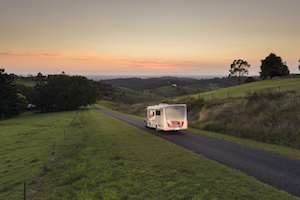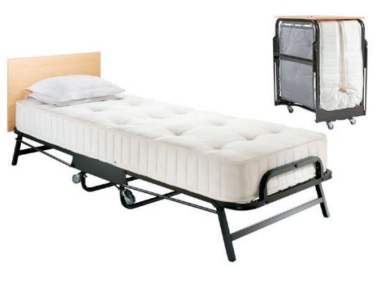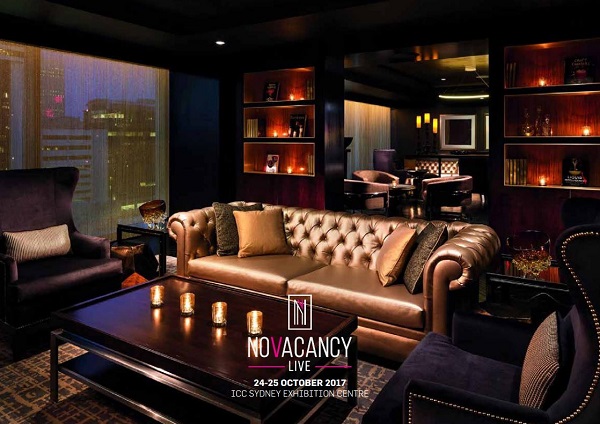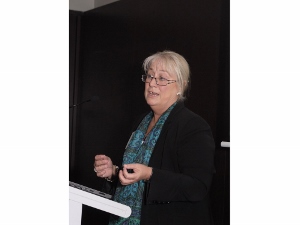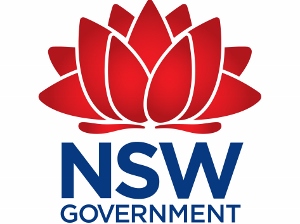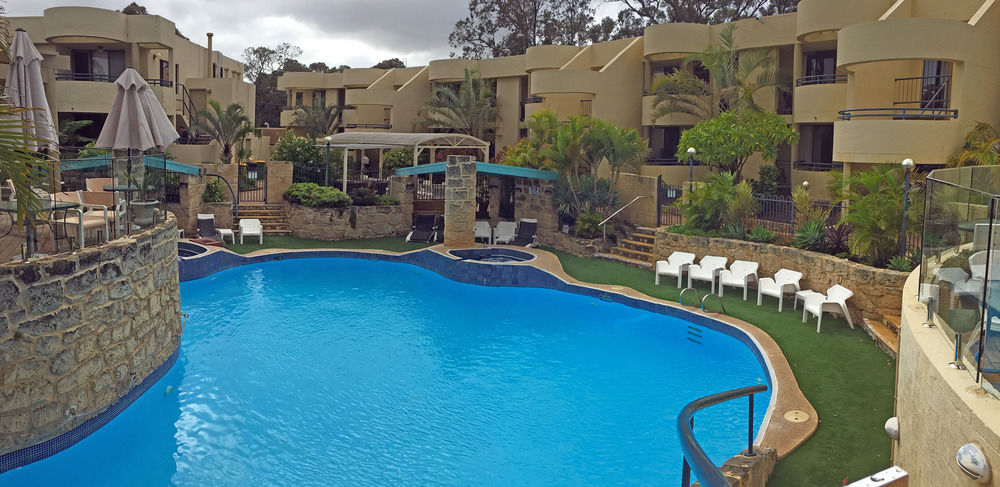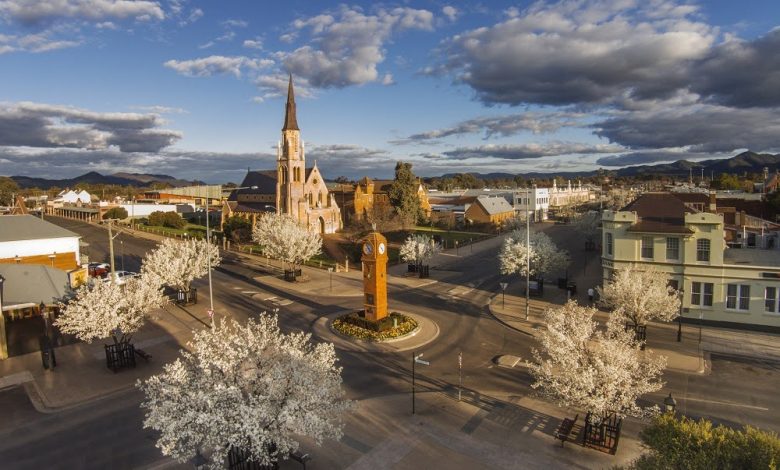
Exclusive: The best of times for regional hotels, but is the boom sustainable?
Op-ed: JLL’s Ross Beardsell and Vibhor Kalra ask can hoteliers continue to maintain their ‘new normal’ business performance
The grass couldn’t be greener across most of regional Australia, and hotels are enjoying their strongest performance in years, but JLL’s Ross Beardsell and Vibhor Kalra say hoteliers will need to continue innovating to maintain the ‘new normal’ business performance
Regional tourism was the only sector to be insulated against the worst damages of the COVID pandemic, with the closure of state borders forcing travellers to look inwards, while capital cities remained largely ignored.
In the most recent Tourism Research Australia National Visitor Survey the city vs regional divide was exposed graphically.
Comparing the 12 months to March 2022 with pre-pandemic levels, spend in capital cities fell by 39 percent to $23.1 billion, while expenditure in regional areas fell by a mere 1 percent. Regional trips contributed 66 percent to total national spend, up from 51 percent on pre-pandemic levels.
When figures are isolated to the first quarter of 2022 – which was relatively free of border restrictions, though still hampered by requirements for COVID-testing – the divide became even starker.
Trips to regional Australia increased 9 percent and spend increased 32 percent, while trips to capital cities decreased 13 percent and spend decreased 7 percent.
All states and territories have seen massive growth in regional travel. In South Australia, the popularity of regional tourism resulted in six of the state’s 11 holiday regions exceeding their visitor spending targets four years ahead of schedule. Regional tourism now makes up 60 percent of South Australia’s total visitor expenditure – up from 44 percent at the end of 2019.
However, cities are beginning to fight back. Governments are supporting major events, residential conferences are slowly returning, and hotels are adapting into bleisure venues, but the corporate market remains well below pre-pandemic levels.
It would appear that while people appear happy to travel into the city for a concert or theatre, restaurant/pub experience or sporting contest, they aren’t returning to their city offices with the same vigour and that is hindering the recovery of most CBD hotels.
In contrast, regardless of appalling weather along the east coast over the past six months, city dwellers have embraced the regional exodus with gusto, driving up rates for hotels in destinations such as the Sunshine Coast and Gold Coast, Byron Bay, and along the Great Ocean Road and South Coast of NSW.
But with international borders now open and with city dwellers able to traverse the world after over two years of isolation, is the love-affair with regional Australia set to plateau and track downwards?
It would seem unlikely for at least for the remainder of 2022, as new variants of COVID-19 emerge regularly, and high-profile stories of overseas airport mayhem and exorbitant international airfares persuade most Australians to stay close to home base.
Regional Australia has much in its favour. The agriculture sector has enjoyed two years of outstanding rainfall and production. There has been a city to regional exodus by both professional individuals and companies, with regional centres such as the Sunshine Coast now transforming itself from into a hi-tech hub with a gleaming new CBD in Maroochydore.
Former primary holiday destinations diversifying their economies will make hotel development even more attractive. Earlier this month, the Sunshine Coast welcomed its first new 100+ room international hotel for 35 years (Holiday Inn Express & Suites Sunshine Coast), and on the same day an Avani hotel was announced for Mooloolaba.
Diversification of a hotel’s market base will be important if regional hotels are to keep the good times rolling. Attracting small conferences and incentives from companies reluctant to meet in cities has considerable potential and benefits, especially as it can help fill hotels mid-week.
Until recently, most regional hotels were largely ‘places to stay’, but over the past decade there has been a massive boom in converting motels and other ‘modest’ accommodation into ‘hotels with personality’, making them a destination in their own right.
The trend started last decade with the launch of uber-cool motel transformations such as Bannisters, Halcyon House and the Sunseeker at Byron Bay. The love affair with retro has continued apace this decade, with Kyah Boutique Hotel in the Blue Mountains, Berry View Hotel in the Shoalhaven, The Isla, Batemans Bay, Loea in Maroochydore and Mysa in Palm Beach on the Gold Coast, just to name a handful.
Importantly, these redesigns have not just involved a new coat of paint. In most cases serious interior design consultants have created an oasis of cool, while still maintaining the retro vibe.
The appetite for such Instagram-friendly experiences appears to be relentless, and their presence can help boost a destination’s attraction. Think of the coupling of Bannisters and Rick Stein’s restaurant in Mollymook for instance. The combination transformed another destinational element to maintain the NSW towns positioning as a tourist hotspot.
Today, travellers are more interested in a travel ‘experience’ than necessarily a simple place to sleep. This can be achieved by the hotel turning themselves into a living exhibit of the local culture and community. Local food is an obvious link, but some are going further by partnering with local businesses to host and promote special events and actively promoting local travel experiences via social media and blogs.
Shrewd hoteliers are increasingly viewing destination-specific experiences as integral to remaining relevant with next-generation travellers.
Wineries in particular are trying to re-invent themselves as more than just places to taste wine. Edgy designers have been brought in to create bespoke accommodation experiences to increase the guest destinational spend on the premises on everything from fine-dining and exclusive cellar visits to spa treatments and horse riding.
Not surprisingly, David Walsh was at the forefront of the vanguard, commissioning Fender Katsalidis to design eight luxury diamond-shaped MONA Pavilions to service both his iconic museum and Tasmania’s oldest winery, Moorilla Estate.
It helped launch a new era for winery hotels. Rather than have simple outhouses converted into serviceable accommodation, wineries such as Balgownie Estate in Bendigo developed new glamping accommodation complete with four-poster bed, claw bath, ensuite bathroom and a private deck with open-air hot tub just perfect for consuming bottles of Balgownie bubbles.
The bar has been raised even further with McLaren Vale’s d’Arenberg Cube, though the Barossa Valley is hoping to trump that with the recent approval of the remarkably designed $50 million, 12-storey Oscar Seppeltsfield hotel and hospitality centre.
Regional accommodation has seen a massive upgrade in style, originality and focus, but as good as the new era of design may be, attracting suitably qualified staff to justify the sharp rise in room rates remains a serious issue.
While backpackers may have been able to fill in seasonal gaps in the past, their continuing absence and a 3.5 percent national unemployment rate is making it tough for all regional hotels, but particularly the intensive-service hotels.
Hospitality workers in tourism hotspots such as Noosa and Byron Bay, where rental rates are as high as cities, are being forced to stay in hostels, over-crowded share houses or even in cars because there is so little rental accommodation available.
The situation was so dire for Niche Luxury Accommodation in Noosa, that they bought a property to house cleaners so that they could guarantee property servicing.
It may be a small cloud on the horizon for regional hotels, but it highlights the importance of managing for the future. The grass won’t always be so green, but with innovative strategies designed for the longer-term, the new normal trading performance that can continue for many years to come.
Ross Beardsell and Vibhor Kalra are Senior Executives with JLL Hotels & Hospitality Group

AccomNews is not affiliated with any government agency, body or political party. We are an independently owned, family-operated magazine.

